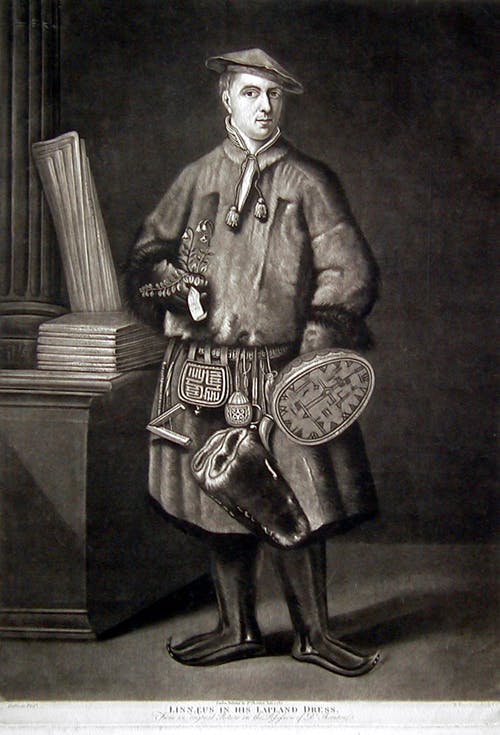A Journey Through the Lives of Two Scientific Titans
The modern science biography must hold back no punches in its mission to represent the subject’s life, equally celebrating their great works while including their personal shortcomings. This approach allows readers to appreciate the complexities and contradictions that define a person’s legacy.
Jason Roberts’ Every Living Thing – The Great and Deadly Race to Know all Life is another of these rare works. This engrossing, precisely researched book focuses on two central characters born in the same year: Carl Linnaeus (1707-1778), a Swede, and Frenchman Georges-Louis LeClerc, the Compte de Buffon (1707-1788), better known as just Buffon. Roberts’ writing pulls the reader effortlessly through the story, revealing delightful, unexpected twists and turns in the two men’s complex and disparate lives.
Linnaeus: The Classification Pioneer
Carl Linnaeus was primarily driven to be the first to name new species. His work has been hugely influential, but Roberts portrays him at times as being lazy, vain, and unethical. Linnaeus is known for his system of hierarchical classification, which categorises all living things into genus and species, families, orders, classes, and so on. While this system laid the groundwork for modern taxonomy, it was later refined and expanded.
Linnaeus had a rare gift for rote learning names and lists of plants, while preferring his own company yet lacked outward empathy for his disciples on their perilous trips. He only ever did one field trip to collect specimens, to Lapland in northern Sweden. Despite these flaws, the scientific work Linnaeus achieved has formed the fundamental framework for all modern taxonomy—the science of the classification of life.
Buffon: The Visionary Thinker
Georges-Louis LeClerc, later the Compte de Buffon, was born into a wealthy middle-class family. He was an average student who eventually obtained a law degree, despite his wild times at university, where he engaged in deadly duels. In his twenties, he built a three-storey mansion in the town of Montebard in Dijon and developed an immense garden. His interest in botany grew as he began experiments on trees.
Buffon idolised Isaac Newton and learned his calculus. He solved an ancient mystery about a weapon invented by Archimedes, which used giant mirrors to intensify the sun’s rays and set fire to the Roman fleet in 212 BCE. Buffon also solved complex mathematical equations and wrote papers on probability and statistics. His real passion, however, was natural history.
Buffon expressed clear ideas about evolution 100 years before Charles Darwin. All of the components of Darwin’s theory—how, where, and why of natural selection and how species change—are there in Buffon’s works. This was recognised by Darwin in his revised fourth edition of Origin of the Species when he admitted in an addendum that Buffon “was the first author who, in modern times, has treated [the origin of species] in a scientific spirit.”
Rivalry and Legacy
The book outlines the rivalry between the two men, spurred on by their differing intellectual approaches to understanding natural history. Buffon’s chief critique of Linnaeus’s system of classification was that it was entirely arbitrary, set up by a whim, not from research. Linnaeus responded by implying Buffon’s work was an experiment that lacked a practical path, implying it had no economic application to biology.
Ironically, when Linnaeus published his tenth edition of his book in 1758, he vindicated Buffon’s criticism by changing his system quite radically for no clear reason. As the two men settled into their main projects, we see genius emerges from the slow, often painful, creation of new knowledge applied to problem-solving.
Lasting Legacies
Both left lasting legacies. Aside from their voluminous written works, still widely cited today, their many disciples carried on and further developed their works after their deaths. These include many famous names such as French biologist Jean-Baptiste Lamarck, zoologist Georges Cuvier, and British biologist Thomas Huxley.
The remaining parts of Linnaeus’s biological collections are housed in London in the rooms of The Linnean Society, a lasting tribute to the founder of modern taxonomy. He is buried at Uppsala cathedral. Buffon is remembered not just through his books, but also by a magnificent marble statue commissioned by King Louis XVI, now in the grand gallery of evolution in Paris’s natural history museum.
It is inscribed with these words: “All nature bows to his genius.” Buffon’s preserved heart sits in the pedestal below this statue. John Long receives funding from The Australian Research Council.







